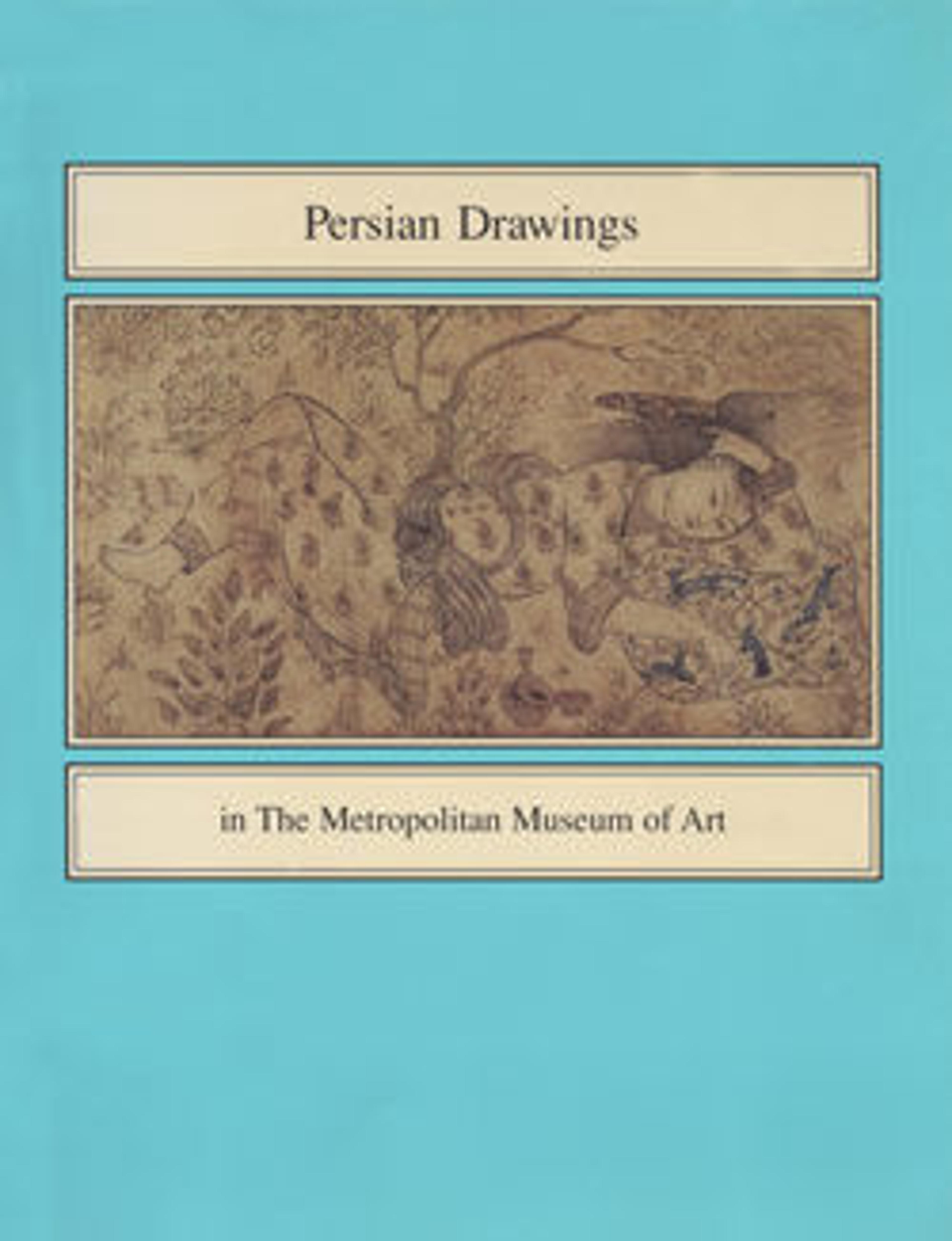Assembly of Four Sufis
The Qajar-era interest in subjects and styles borrowed from earlier periods is well illustrated in this drawing of a group of men gathered in a natural setting. Thematically this piece can be linked to a group of late sixteenth- and early seventeenth-century works depicting scenes of outdoor entertainment and conversation. The careful attention given to the finished rendering of the head—as against the simplified outline drawing of the bodies and robes—is also characteristic of this genre of drawings. In the nineteenth century, however, the choice of this style with caricaturized facial features may suggest a novel use of drawings for the purpose of satire.
Artwork Details
- Title: Assembly of Four Sufis
- Date: late 19th–early 20th century
- Geography: Attributed to Iran
- Medium: Ink, watercolor, and gold on paper
- Dimensions: H. 9 1/8 in. (23.2 cm)
W. 5 3/4 in. (14.6 cm) - Classification: Codices
- Credit Line: Gift of Charles K. and Irma B. Wilkinson, 1979
- Object Number: 1979.461
- Curatorial Department: Islamic Art
More Artwork
Research Resources
The Met provides unparalleled resources for research and welcomes an international community of students and scholars. The Met's Open Access API is where creators and researchers can connect to the The Met collection. Open Access data and public domain images are available for unrestricted commercial and noncommercial use without permission or fee.
To request images under copyright and other restrictions, please use this Image Request form.
Feedback
We continue to research and examine historical and cultural context for objects in The Met collection. If you have comments or questions about this object record, please contact us using the form below. The Museum looks forward to receiving your comments.
